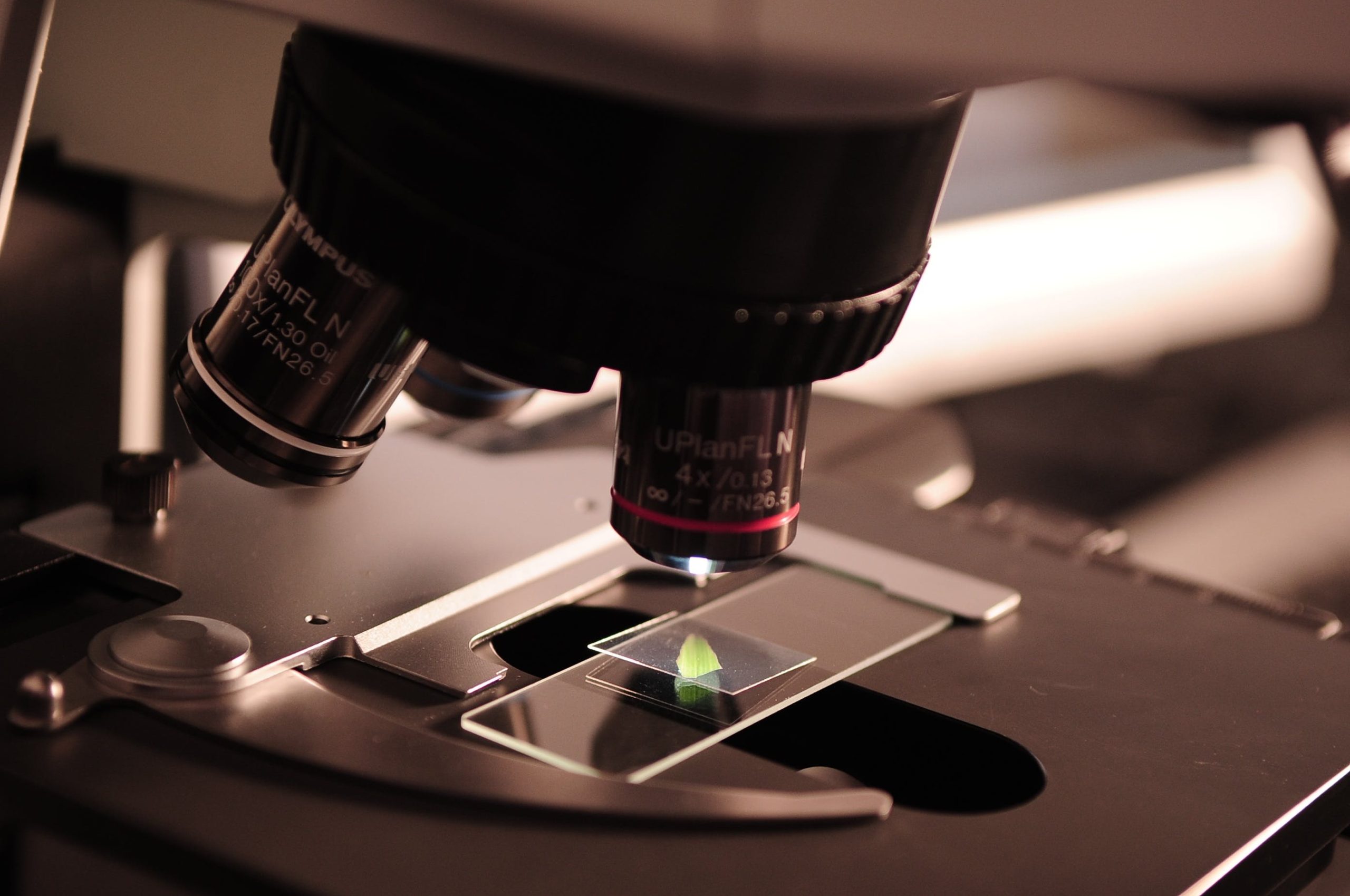Researchers at Stanford University have uncovered the reason why women are more prone to autoimmune disorders than males thanks to a new study.
The study’s findings, which were published in the journal Cell, define the importance of the extra X chromosome that females have and might help with the diagnosis and treatment of a number of challenging autoimmune disorders.
With more than 24 million Americans estimated to be affected by autoimmune disorders, including lupus, rheumatoid arthritis, and multiple sclerosis, the study addresses a long-standing mystery: why four out of five patients are women.
The prevailing theory implicates the X chromosome, considering that females possess two X chromosomes compared to males’ one X and one Y.
However, the recent research unveils a more nuanced understanding of the connection between the X chromosome and autoimmune diseases.
The study reveals that the key lies in how the body manages females’ additional X chromosome. Each cell carries DNA in 23 pairs of chromosomes, with the X chromosome containing hundreds of genes.
To prevent a potentially harmful double dose of these genes, every female cell must deactivate one of its X chromosome copies. This process, known as X-chromosome inactivation, is facilitated by a specific RNA called Xist.
Stanford dermatologist Dr. Howard Chang, leading the research, discovered nearly 100 proteins associated with Xist during the investigation.
Xist Protein Unveiled for Advanced Autoimmune

Remarkably, many of these proteins were linked to skin-related autoimmune disorders, prompting the team to explore the potential connection between Xist and the immune system.
The study suggests that while Xist alone cannot cause autoimmune diseases, it may contribute to their development when combined with genetic susceptibility and environmental triggers.
The researchers engineered male lab mice to produce Xist without silencing their only X chromosome, leading to the development of lupus-like autoimmunity when triggered, similar to females.
Moreover, analysis of blood samples from 100 patients revealed autoantibodies targeting Xist-associated proteins previously unrecognized in autoimmune disorders. This suggests that standard tests for autoimmunity, primarily conducted using male cells, may have overlooked crucial components.
The findings open avenues for further research and potential advancements in diagnosing patients with varying clinical and immunological profiles.
University of Pennsylvania immunologist E. John Wherry acknowledges the study’s transformative impact on understanding autoimmunity, emphasizing its potential to unravel complex disease patterns.
The Stanford University research is a major step toward understanding the complex interactions between genetics, gender, and autoimmune diseases, and it gives hope for more precise diagnosis methods and targeted treatments in the future. However, more thorough studies are still needed in this area.









